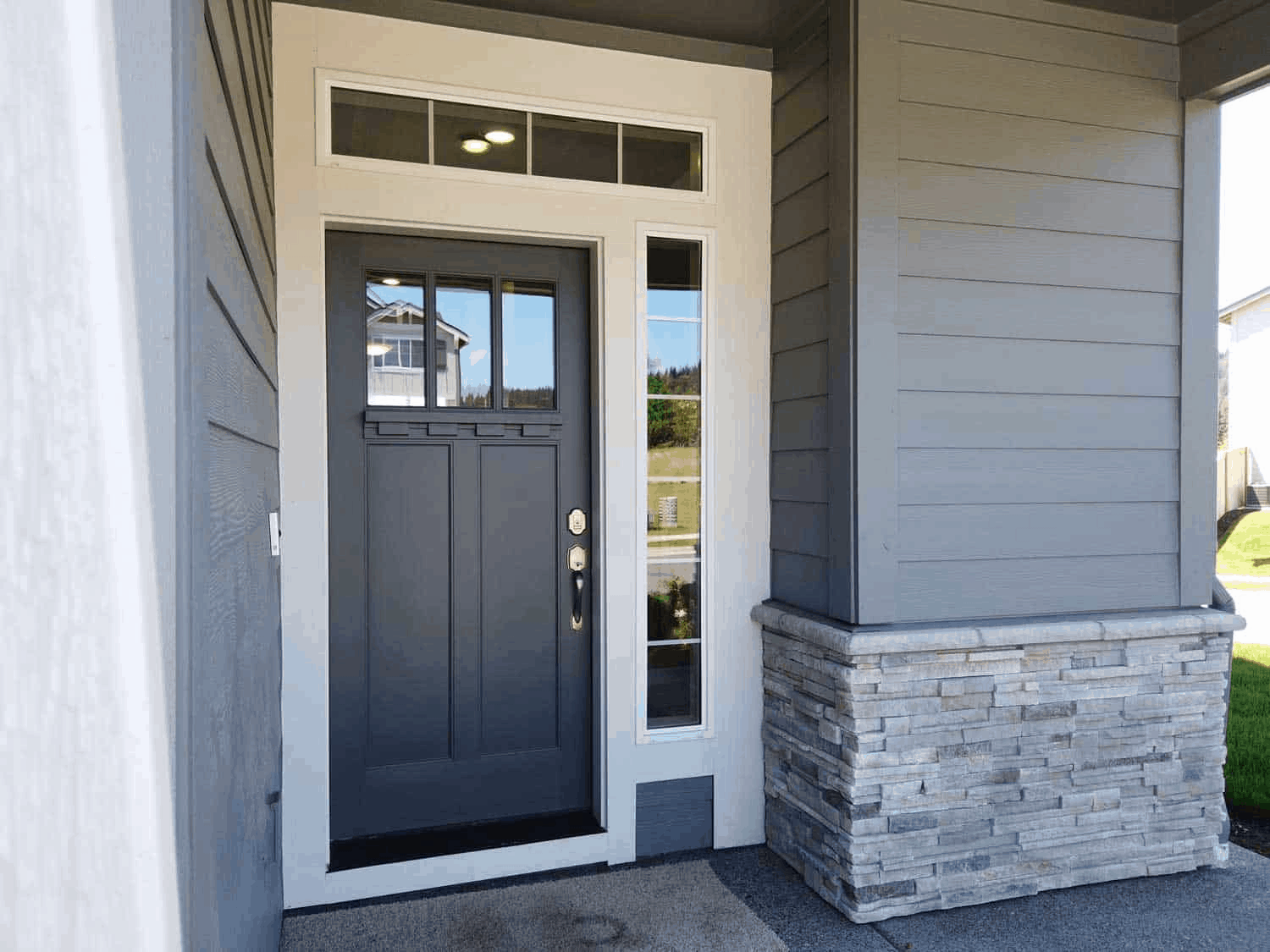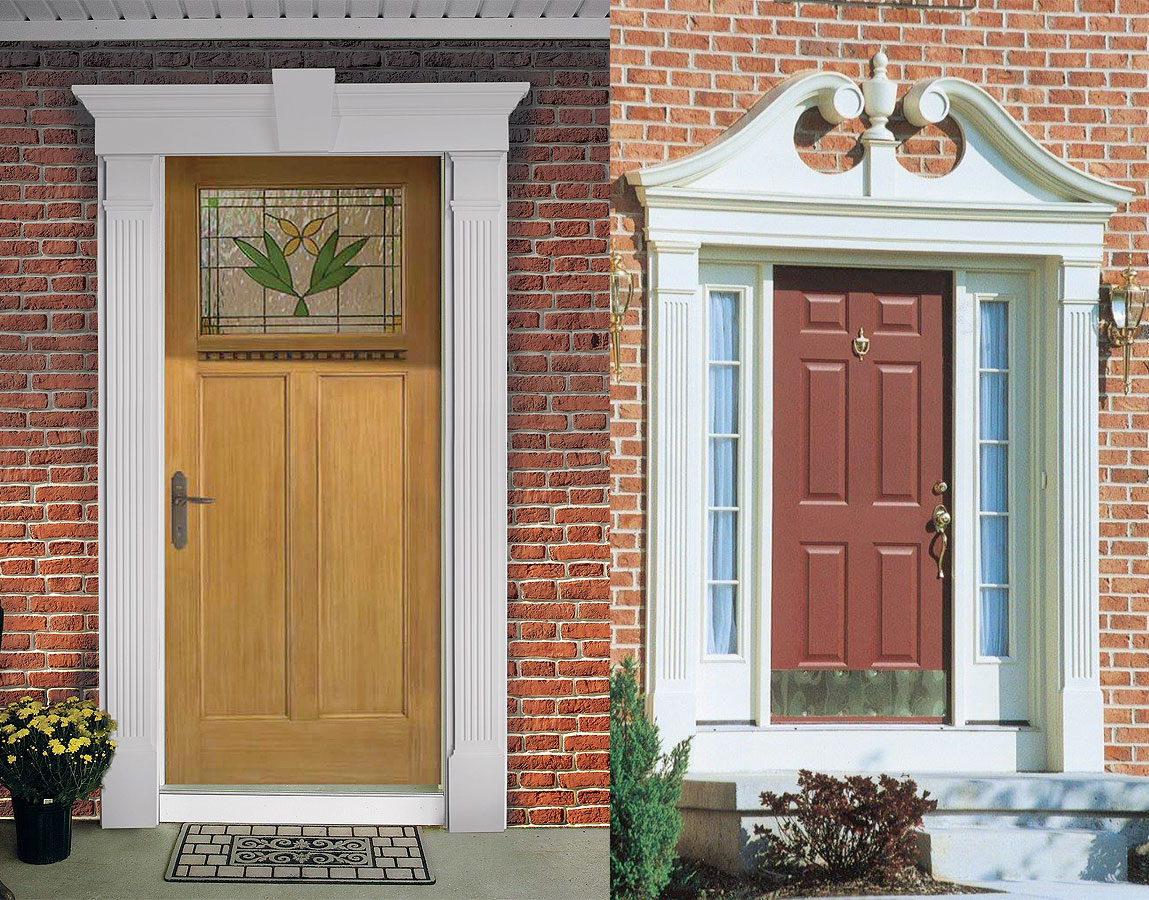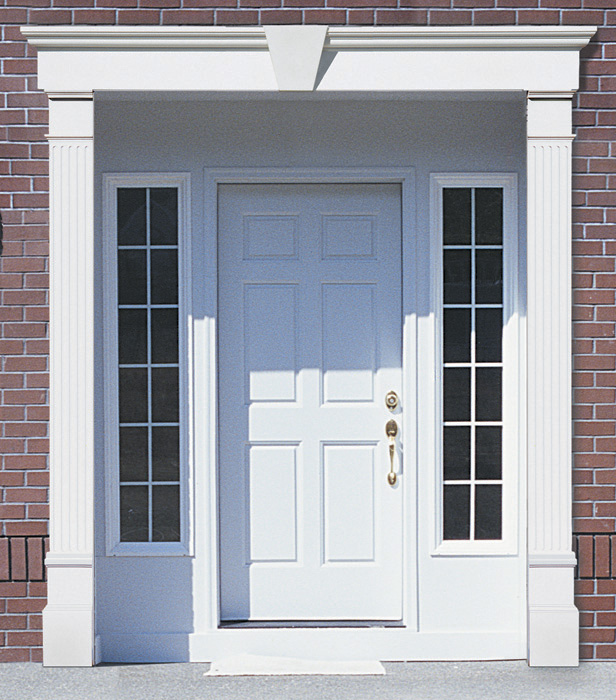When it comes to making a great first impression, the little details matter. One of the most impactful yet often overlooked elements of exterior design is decorative molding for doors. In my personal journey of home improvement, I discovered the transformative power of decorative molding on exterior doors. From enhancing curb appeal to adding character, the right molding can truly make a difference. In this article, we’ll dive deep into the world of exterior door decorative molding, explore various styles, materials, installation tips, and much more.
The Importance of Exterior Door Decorative Molding
Decorative molding is not just about aesthetics; it serves practical purposes too. Here, we will explore why it’s essential to consider these stylish additions to your doors.
Enhancing Aesthetic Appeal
One of the primary reasons homeowners add decorative molding is to enhance the beauty of their doors. Molding offers a variety of styles and designs that can complement any architectural style.
Providing Structural Support
While it may seem purely decorative, molding can also provide structural integrity to your door frame. It helps protect the edges of the door and the surrounding walls from wear and tear.
Increasing Home Value
Investing in exterior door molding can increase the overall value of your property. It adds a touch of elegance and sophistication that potential buyers often look for.

Types of Exterior Door Decorative Molding
There are various styles and types of decorative molding for exterior doors, each with its unique charm. Let’s explore the most popular options:
Crown Molding
Crown molding is a classic choice for enhancing the top of your doors. It adds a finishing touch and can be tailored to suit both traditional and modern designs.

Pros and Cons of Crown Molding
| Pros | Cons |
|---|---|
| Classic elegance | More expensive than simpler options |
| Available in various materials | Installation can be complex |
Chair Rail Molding
Chair rail molding can add a distinctive style to your door while providing protection from furniture. It’s usually placed at a height of approximately 32-36 inches.

Pros and Cons of Chair Rail Molding
| Pros | Cons |
|---|---|
| Protects walls | Requires careful height measurement |
| Defines space | May date the design if not maintained |
Pediment Molding
Pediment molding is a powerful architectural element that often sits above the door. It can invoke a classical feel and is perfect for grand entrances.

Pros and Cons of Pediment Molding
| Pros | Cons |
|---|---|
| Creates a dramatic entrance | May overwhelm smaller doors |
| Available in various styles | Can be expensive if custom made |
Materials Used for Decorative Molding
The material you choose for your decorative molding is crucial, not just for aesthetics, but also for durability and cost-effectiveness. Below are some common materials:

Wood
Wood is a traditional choice and can be sculpted into intricate designs. It offers unmatched beauty but requires maintenance to avoid rot.
Polyurethane
Polyurethane is a lightweight, durable material that is resistant to moisture. It can mimic wood’s look but at a lower cost and with less upkeep.

PVC
PVC is another low-maintenance option that is resistant to rot and insects. It is ideal for damp climates and is available in various designs.
How to Choose the Right Decorative Molding
Selecting the right molding can be a challenge, but a few guidelines can help you make a decision:

Consider Your Home’s Architectural Style
Identify your home’s architectural style and choose molding that complements it. For instance, a Victorian-style house might benefit from intricate wooden molding, while a modern home may look best with sleek polyurethane designs.
Evaluate Your Budget
Understand the costs associated with different materials and styles. Set a clear budget before making a purchase to avoid overspending.
Think About Maintenance
Consider how much maintenance you’re willing to invest. Wood requires periodic treatment, while materials like PVC and polyurethane are more carefree.
Installation Tips for Decorative Molding
Once you’ve chosen your decorative molding, the next step is installation. Here are some helpful tips:
Tools You Will Need
- Measuring tape
- Miter saw
- Nail gun
- Wood glue
- Level
- Pencil
Step-by-Step Installation Guide
- Measure and Cut: Use a measuring tape to determine the lengths needed for your molding. Cut the pieces at a 45-degree angle for corners.
- Dry Fit: Before securing the molding, dry fit each piece to ensure proper alignment.
- Attach with Adhesive: Apply wood glue on the back of the molding and press it against the door frame. Use a level to ensure accuracy.
- Nail Down: Use a nail gun to secure the molding in place. Be careful not to damage the molding.
- Fill Gaps: Use caulk or wood filler to fill any gaps or seams for a finished look.
Personal Experience: My Decorative Molding Journey
When I moved into my first home, the front door was plain and uninspiring. I decided to add crown molding to enhance its aesthetic appeal. I spent hours researching materials and styles, and eventually decided on a classic wooden crown molding to complement my traditional home. The installation was a learning curve, but once I finished, the door was transformed! Neighbors complimented the new look, and it made me feel proud to come home.
Comparing Decorative Molding Options
Quick Comparison Table
| Material | Cost | Durability | Maintenance |
|---|---|---|---|
| Wood | High | Good | High |
| Polyurethane | Medium | Excellent | Low |
| PVC | Low | Excellent | Very Low |
Frequently Asked Questions (FAQs)
What is exterior door decorative molding?
Exterior door decorative molding is an architectural embellishment that enhances the appearance of doors while providing structural support and protecting the edges from damage.
How do I choose the right material for my door molding?
Consider factors like your home’s architectural style, your budget, and maintenance requirements when choosing the material for your decorative molding.
Can I install door molding myself?
Yes! With the right tools and a bit of patience, you can install decorative molding yourself. Refer to our step-by-step guide for assistance.
How much does decorative door molding cost?
The cost varies depending on the material and complexity of the design. Wooden molding tends to be more expensive, while PVC and polyurethane options are more affordable.
Conclusion
Incorporating exterior door decorative molding into your home can dramatically enhance its curb appeal and overall value. Whether you choose classic wood, modern polyurethane, or versatile PVC, the right molding can reflect your personal style and make your home stand out. Take the time to research your options, plan your installation, and enjoy the transformative effect of these architectural wonders as I have. Your front door deserves more than just a plain look; it deserves to shine!